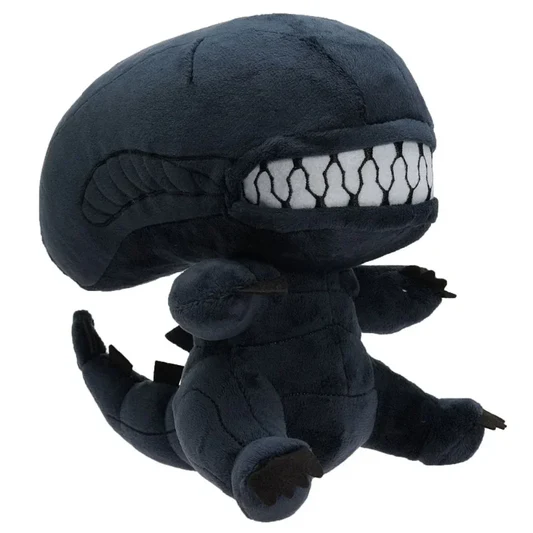
How and When Did Harajuku Fashion Start?
[vc_row][vc_column][vc_column_text]Harajuku, Aoki's fashion center in Tokyo, has witnessed a changing spectrum of styles. In the early 1980s retro - rock '' roll prevailed and designers and fashion labels such as Yohji Yamamoto and Comme des Garcon were preppy, while Shibuya was more casual for example. In the 1990s, Harajuku County was the epicenter of a new style that symbolized the essence of Japan's fashionable youth. This new style, which symbolized the essence of Japan's fashion-conscious youth, began to represent Japanese fashion for much of the rest of the world. Street fashion in Japan is nothing new; some say it has been around since the end of World War II, while others claim it began during the Vietnam War in the 1960 "s. Read on to see how Japanese street fashion has evolved over time and why it is still relevant today.
Japan is known for its quirky trends, and its fashion sense is no different. Harajuku style stands for many different things, and although many trends have come and gone, Harajuku fashion has always remained. It is a departure from strict social rules and the pressure to conform to the norm. Harajuku is independent retail, fashion, and restaurant destination that has earned much of its broad reputation as a meeting place for fans and lovers of Japanese street fashion and its associated subcultures. The Harajuku style is a mixture of well-known Japanese substyles, such as sweet Lolita, Gothic Lolita (Visual Kei), cosplay decora Gyaru, cute fairy Kei, and punk rock clothing. If you are a conservative dresser with a classic design, you will not like the Harajuku look.
Designed by designer Sebastian Masuda, the Kawaii Monster Cafe presents a variety of unique menus. Tokyo is known for its flamboyant and expressive style, and the Harajuku district has long been the epicenter of eclectic and flamboyant youth groups. Jingu Bashi, the pedestrian bridge between Harajuku Station and the entrance to Meiji Shrine served as a meeting place to showcase theatrical styles on Sundays. Harajuku County was soaring in the 1990s and became immortalized in Fruit, the bible of outrageous and innovative personal style created by the infamous Aoki. For 20 years, Aoki's magazine Fruit was famous for street-style photographs documenting the creation of fashionable Harajuku children. During this time, Fruit, known for his street-style photographs, documented the wild creativity of the fashionable children of Harajuku, Tokyo's Square Mile neighborhood, and exerted an outsized influence on fashion in Japan.
Since the 1990s, Harajuku, a one-square-mile Tokyo neighborhood that has had an outsized impact on fashion in Japan and beyond, has been the epicenter of new looks that symbolize the uninhibited nature of Japanese fashion and youth culture. Before the Olympic Games, the young people living in the area were referred to as "Harajuku Zoku" [9] or "Harajuku tribe" and developed their own culture and style which was unique to different groups within the region. From this, the culture of the area developed as a meeting place for the youth and as a fashion mecca.
Influences from East and West became clear in the style. The cyberpunk look took its influence from gothic fashion and incorporated neon and metallic colors. A small subculture with painted white skin and clothing shared aspects of the Lolita cosplay subculture. This style consists of bright rainbow-colored dresses and hair, most of which have tons of hair clips, decorations, and ornaments. One of the most famous examples of a person dressed in this style is wearing surgical make-up, which means white face. Unlike the popular make-up style of the 1990s, called Ganguro, these girls tan their skin, bleach their hair and wear lots of make-up.
Japanese fashion does not shy away from going one step further by regarding fancy dress and costumes as an important element of fashion, and no one raises an eyelid on a girl who wears a plastic fried egg around her neck as a fashion statement. There are many styles that can be seen in the Harajuku area and they are constantly evolving. Kyary Pamyu Pamyus is a Japanese singer who specializes in bizarre Harajuku styles, and this is where fashion really started. The beauty of Japanese Harajuku fashion is that it is not about shops and brands, there is a gap between what people wear and what teenagers dictate and what shops start to sell. Lolita The fashion subculture is a phenomenon that has been ignored for twenty years by the establishment of style because it did not exist but has since spread from Japan to the Western world, not least because of the power of the Internet. It is best known for carrying Harajuku-style photographs, like the London punks who roamed in tartan trousers and mohawks in Trafalgar Square in hopes for tourists to pay for their photos.
We've all heard Gwen Stefani talk lyrically about Harajuku girls and Japanese street style, and we've seen live dolls channeling their comic book heroes. The trend began in Tokyo's "Harajuku" district, in a district called Shibuya, and spread from Harajuku Station to Omotesando. The epicenter was a side street called Takeshita Dori, lined with chic shops, fashion boutiques, second-hand clothing stores, and teenagers who flocked there on Sundays to pick up the latest eccentric garment. Harajuku (Yuan Su) refers to the area around Tokyo’s Harajoku, Shinjuku, ShibuYA and Yamanote railway stations. The area around Tokyo Harajuku Station, between Shinjuku and Shibuya on the Yamanote Line, is the center of extreme teenage culture and fashion in Japan, presenting both adult shopping and historical attractions. The area focuses on teen culture, and Takeshita Dori (Takeshita Street) and its streets are lined with many trendy shops, fashion boutiques, second-hand clothing stores, crepe stalls, and fast-food outlets for fashion-conscious teenagers. Along with its length stretches Omotesando, a wide tree-lined avenue known as Tokyo Champs Elysees.
[/vc_column_text][/vc_column][/vc_row][vc_row][vc_column][woodmart_products product_hover="info-alt" orderby="rand" element_title="Japanese Fashion Trends on Sale" columns="6" sale_countdown="0" stock_progress_bar="0" highlighted_products="0" products_bordered_grid="0" lazy_loading="no"][/vc_column][/vc_row]




















